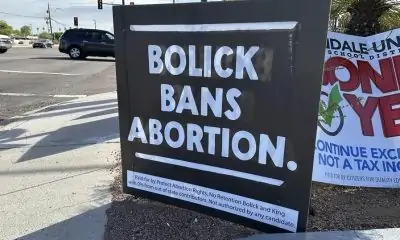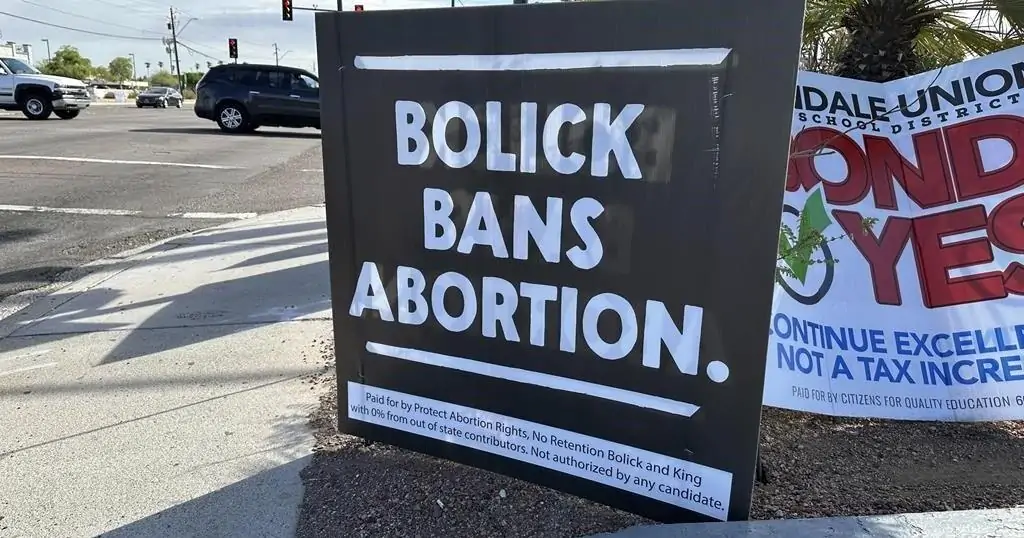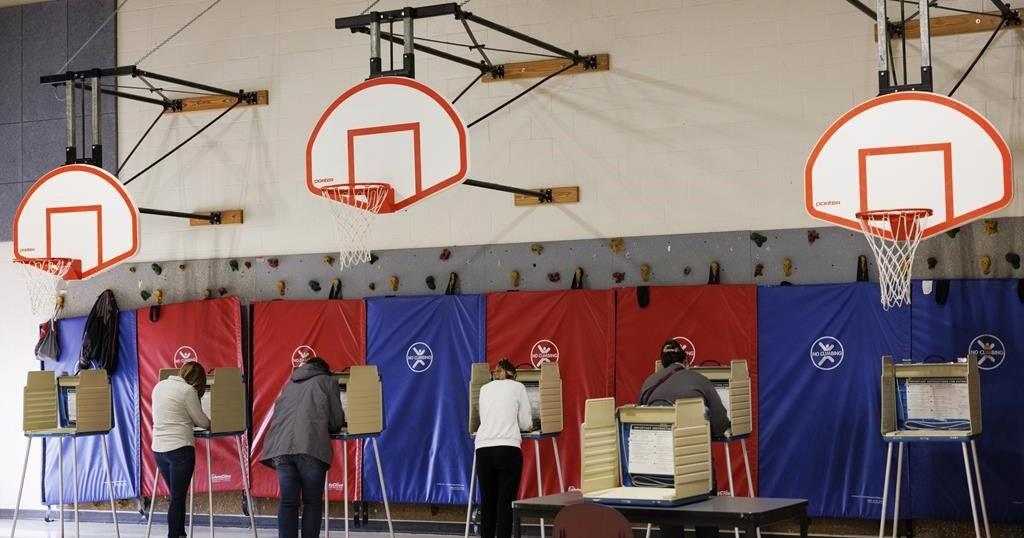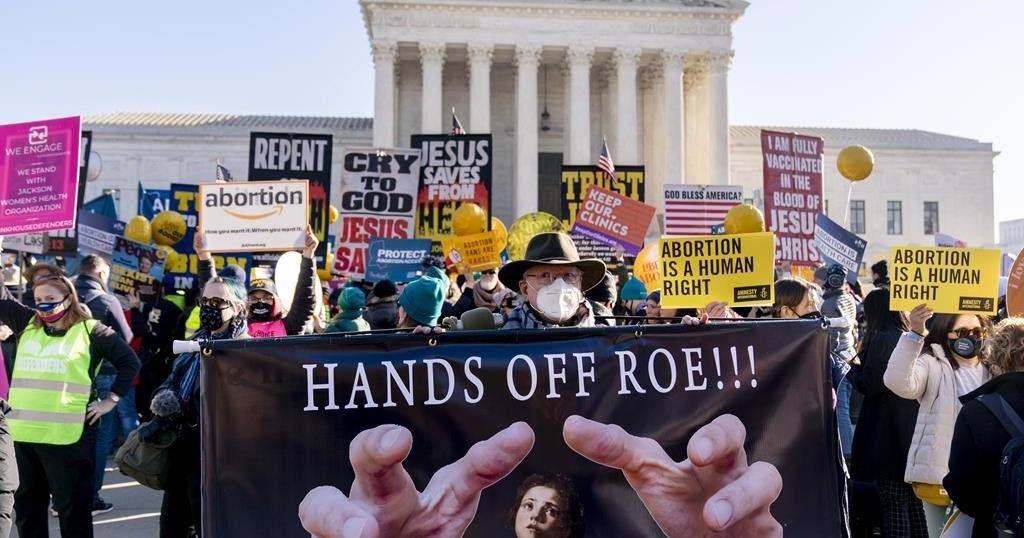New research reveals that blockchain ecosystems in Latin America are growing as a response to adverse financial situations.
In the dynamic landscape of blockchain technology, Latin America emerges as a pivotal player, capturing the attention of global Web3 observers. The increasing importance of closely monitoring this region’s blockchain ecosystems is underscored by its rapid evolution, presenting unprecedented opportunities and challenges alike.
The region is poised to harness the potential of the crypto wave, showing a growing crypto adoption that reflects a burgeoning interest amongst Latin Americans. But, what is behind this increasing blockchain adoption in the region? What motivates Latin Americans to invest in cryptocurrency?
A recent survey conducted by Sherlock Communications has arisen to shed some light on this scenario. The Blockchain Report 2024 provides a deep insight into Latin America’s blockchain ecosystems, stepping out from behind the curtain and showing what it is exactly that drives Latin American’s sentiment towards the adoption of this technology.
So, what’s brewing in blockchain Latin America? Adoption by necessity. It seems that Latin Americans are turning to crypto to protect their assets from adverse financial situations, such as inflation or high remittances fees.
In this article, we’ll take a deeper look into different Latin American countries to better understand how Latin Americans perceive cryptocurrencies and how financial drawbacks are pushing crypto adoption in the region.
Blockchain Latin America: key ally in navigating financial turbulence
The exclusive insights provided by the Blockchain Report 2024 bring to the table an outstanding fact that reveals one of the main factors behind growing crypto adoption across this vast region: Latin Americans are turning to cryptocurrencies as a means of financial survival.
Although the specific scenario per country does vary, particularly considering the diverse nature of the region, there is still an outstanding common pattern: adverse financial situations are pushing Latin Americans towards embracing crypto, with or without governmental or regulatory support.
This scenario, in turn, is having an impact on local regulatory frameworks and government stance towards blockchain technology, thereby reshaping Latin America’s dynamic and evolving blockchain ecosystems as a consequence of Latin Americans’ push for demands in crypto.
To better understand why Latin Americans are choosing crypto more and more and how this impacts on the local blockchain landscape, we’ll explore the scenario across 4 different Latin American countries.
Argentina: raising crypto adoption against inflation
Argentina has surged to become the second-largest crypto market in Latin America, reflecting a growing trend of adoption. In fact, the Blockchain Report 2024 reveals that an estimated 5 million Argentinians actively hold cryptocurrencies.
Now, why are Argentinians increasingly turning to cryptocurrencies? Well, it seems this is the population’s response to high inflation and financial instability.
This uptake in crypto adoption responds to the prevailing economic challenges faced by the country. With annual inflation soaring to a staggering 211% in 2023, the highest since the early 1990s, Argentinians are increasingly turning to cryptocurrencies, particularly stable coins, as a hedge against depreciation of the Argentinian Peso.
The recent election of President Javier Milei has further fueled optimism within the crypto community, as his administration has a friendlier stance towards crypto. Although no specific regulations are being discussed at the moment, Milei has openly declared he welcomes with open arms the legal recognition of Bitcoin and other crypto as means of contract payments in response to growing demands from consumers.
Colombia: crypto as a relief from remittance fees burdens
Colombia positions itself as the fourth-largest adopter of crypto in Latin America. According to the Blockchain Report, over 5.6 million Colombians are actively participating in the crypto market. What’s more, the country shows a remarkable grassroots adoption trend, outracing its regional counterparts.
The driving forces behind this surge in crypto adoption are indeed multifaceted, but, once again, economic factors play a prominent role. Except in this case, it’s not only inflation that fosters crypto adoption. It’s remittance fees that take the main stage.
The burden of remittance fees has incentivized the adoption of crypto as a cost-effective solution for cross-border transactions. Colombia received a substantial $9.4 billion in remittances in 2022 and, in this context, the possibility of making faster and cheaper money transfers provided by crypto has become increasingly attractive among its population.
Colombians’ stance towards crypto adoption are reshaping the blockchain scenario in the country, with the government responding with positive signals such as the potential introduction of a central bank digital currency (called CBDG) or the collaboration with Ripple Labs that explores blockchain’s potential beyond traditional financial realms as part of a plan to rectify land distribution efforts.
Venezuela: the largest figures of stable coin trades amidst financial crisis
Despite facing numerous hurdles, including political instability, Venezuela has emerged as a significant player in the regional crypto arena. In 2023, the country ranked 40th in the Global Crypto Adoption Index, and its grassroots adoption increased not only in spite of but rather because of challenging financial scenarios.
Despite initial attempts of centralized cryptocurrency adoption, exemplified by the ill-fated Petro (PTR), Venezuela’s crypto journey took a different trajectory. Government initiatives in this arena were actually never adopted and even became part of controversial corruption scandals.
Yet, against all odds, Venezuelans, driven by the pressing need to combat currency devaluation and hyperinflation, managed to grow crypto user adoption out of necessity looking for financial security. According to the Blockchain Report, the total of crypto transactions in the country showed a 32% increase between 2021 and 2023.
Similar to Argentina’s case, Venezuelans became strong users of stablecoins because of hyperinflation. This is such that stable coin trades made up 34% of a small retail transaction volume in the country, the largest figure in Latin America – a testament to the population’s innovative approach to financial stability amidst economic volatility.
Furthermore, the country’s migration patterns have led to a Venezuelan diaspora scattered across Latin America that is actively becoming a participant in the crypto sector, contributing to the country’s growing influence in the regional blockchain landscape.
Cuba: persistence and education boosting crypto adoption
Amidst Cuba’s challenging political and economic challenges, a burgeoning crypto adoption trend is steadily gaining traction in the country. And, once again, crypto is perceived as a means to protect Cubans from adverse economic situations.
Cuba faces a number of challenges. This country showed an annual inflation rate of 45%, and, according to the Cuban Observatory of Human Rights, most of the population lives in situations of extreme poverty, 88% to be more precise.
Additionally, the country faces restrictions imposed by the US trade embargo, which results in centralized exchange companies being absent in Cuba. High inflation rates in the country rely on remittances and tourism to access US Dollars. And to this complex scenario, we must add some structural challenges, clearly exemplified by the collapse of crypto mining operations due to frequent blackouts in the country.
Yet, despite all these impediments and challenges, the Cuban population persists in leveraging crypto as a safeguard. The crypto revolution has found its way in Cuba by means of pushing and demanding consumers that fiercely call for crypto adoption. In fact, the country was included in 2023 in the Global Crypto Adoption Index, ranking 136th out of 155.
To overcome currency restrictions derived from the US embargo, Cubans are engaging in peer-to-peer transactions to get access to crypto. Additionally, the acceptance of crypto payments by an increasing number of businesses reflects a nascent yet growing adoption trend.
The crypto revolution in Cuba is primarily driven by its highly educated population. Grassroots educational movements are emerging to disseminate knowledge about Bitcoin and blockchain technology, empowering citizens to navigate financial uncertainties through digital assets.
Blockchain Latin America: where necessity drives opportunity
Latin America’s blockchain landscapes are not merely a reflection of trends, but a response to pressing economic challenges.
The recent insights provided by the Blockchain Report 2024 illuminate a crucial reality: crypto adoption in the region is more than just a trend; it’s a lifeline. As countries across Latin America face common challenges such as inflation or economic uncertainty, crypto emerges as a beacon of resilience and innovation, offering a pathway towards financial stability in turbulent times.
From Argentina to Cuba, the common thread of necessity driving crypto adoption underscores the profound impact of economic challenges on shaping the region’s blockchain ecosystems.
As individuals and businesses navigate inflation, currency devaluation and high remittance fees, the demand for crypto as a means of financial survival continues to surge. Moreover, this demand, as we’ve seen in this article, is further impacting on grassroots movements and government initiatives that are reshaping blockchain ecosystems across the region.
Latin America emerges as a key player in the global crypto arena, where necessity not only drives adoption but also unlocks new opportunities for growth and development.
Related


































